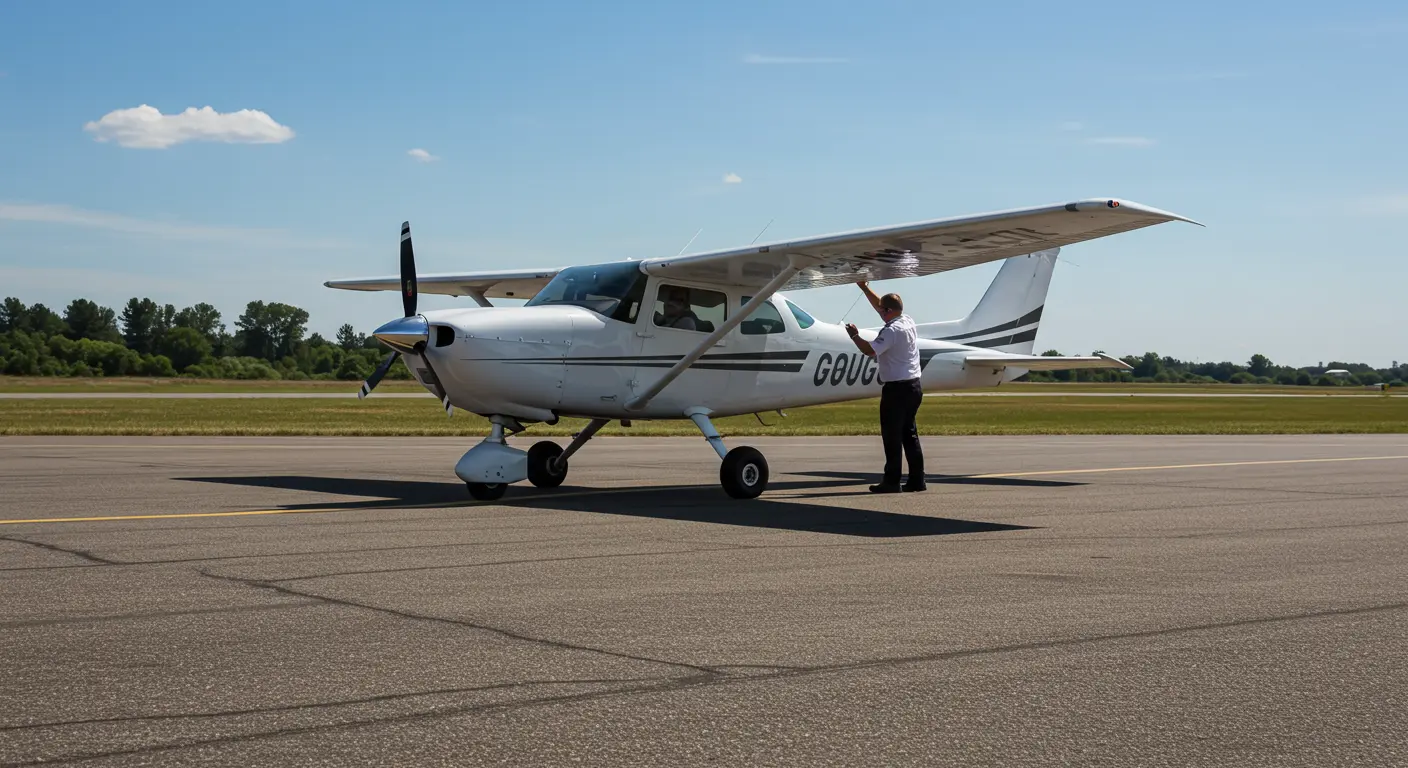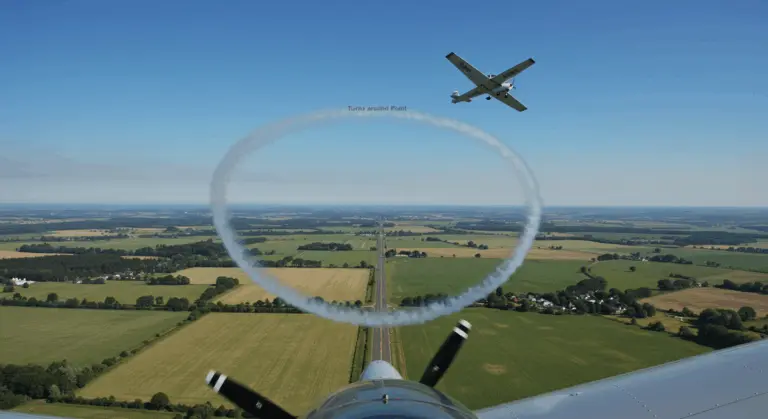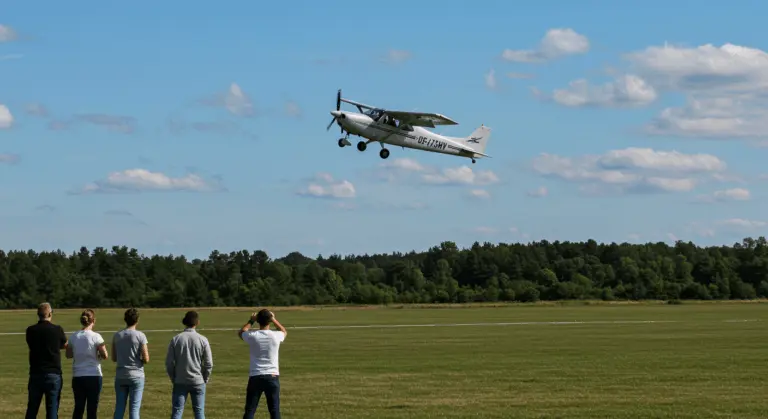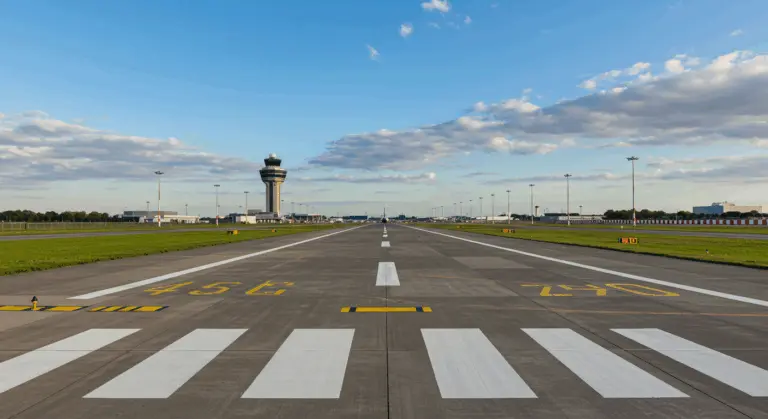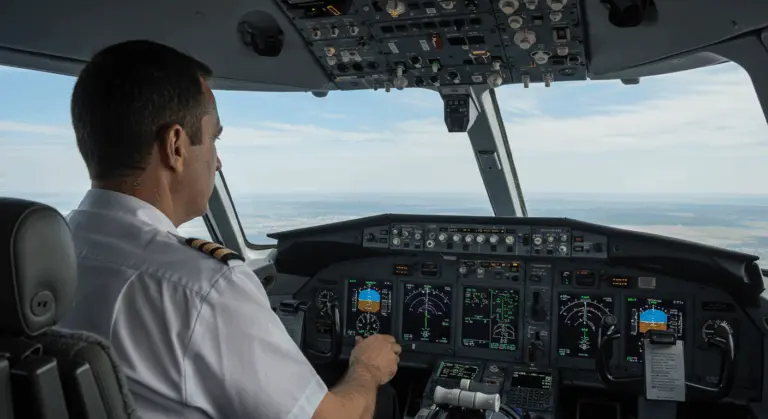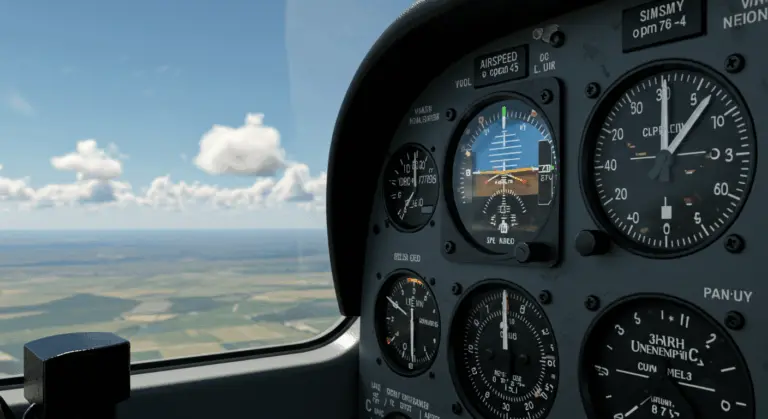Vx vs Vy – Understanding the Difference in Climb Speeds
Understanding VX and By – Key Definitions
Mastering aircraft climb performance depends on understanding two critical V-speeds: VX and By. These aren’t just numbers in a manual—they represent fundamentally different philosophies of ascent.
VX represents the indicated airspeed that delivers the steepest climb angle—maximizing altitude gain over the shortest horizontal distance. At VX, your aircraft becomes a mountain climber, sacrificing forward momentum for upward capability. It’s your go-to speed when obstacles loom ahead.
By takes a different approach entirely—it’s the speed that maximizes your rate of climb. It’s like aviation’s express elevator: less steep than VX, but you’ll reach your desired altitude faster. Perfect for those routine climbs to cruise level.
The key difference is simple: both speeds tackle the same challenge through different lenses. VX asks, “How steep can we climb?” By counters with, “How fast can we get there?” Your aircraft’s specific values? They’re calculated during certification and waiting in your operating handbook.
VX vs By – The Core Differences
Picture this: VX delivers a steep, deliberate ascent—more altitude per foot of ground covered. By? It’s the speed demon, climbing faster while eating up more horizontal real estate.
The underlying physics reveals the mechanics. VX emerges where surplus thrust peaks—that sweet spot where your engine’s output most exceeds what’s needed for level flight. By operates differently, finding its home at maximum surplus power, where energy conversion into climb performance is optimized.
Typically, VX runs slower than By—and this makes sense. Push toward By, and the nose drops slightly, but aerodynamic efficiency takes over, accelerating your vertical progress.
When to Use VX
Use VX when obstacles require clearance:
-
Departing airports surrounded by trees, buildings, or terrain—particularly those challenging short strips.
-
Adhering to noise abatement procedures requiring steep initial climbs.
-
Emergency scenarios where obstacle clearance becomes life-or-death critical.
Caution: Extended VX operations can spike engine temperatures due to reduced cooling airflow. Monitor those engine parameters vigilantly.
When to Use By
Use By when time efficiency matters most:
-
Post-obstacle clearance, when reaching cruise altitude becomes the priority.
-
Departing obstacle-free airports where terrain poses no threat.
-
Responding to ATC’s “best rate” climb requests.
-
Routine operations prioritizing time and fuel economy to cruise level.
Bonus: By’s higher airspeed delivers superior engine cooling compared to VX, making it ideal for extended climbs.
Factors Affecting VX and By
VX and By aren’t fixed values—they change with conditions:
Practical Applications of VX and By
Applying these concepts in real situations builds true airman ship:
-
Standard Departure: VX clears the obstacles, then seamlessly transition to By for the efficient cruise climb.
-
Emergencies: Terrain threatening? VX. Clear skies ahead? By delivers better overall performance.
-
Instrument Departures: Your climb speed knowledge ensures you meet those published gradient requirements.
-
Short Fields: When runway real estate is precious and obstacles loom, VX becomes your lifeline.
-
Training: Smart instructors demonstrate both speeds, transforming theory into instinctive judgment.
Conclusion – Mastering Climb Speeds
Good pilots know when you instinctively select the right speed for the situation. It’s about reading conditions—obstacles, weight, density altitude—and making the call that keeps you safe and efficient.
Remember: these speeds evolve with conditions. Your POH holds the specific values, but your judgment determines when and how to use them. That’s the difference between a pilot and an aviator.

